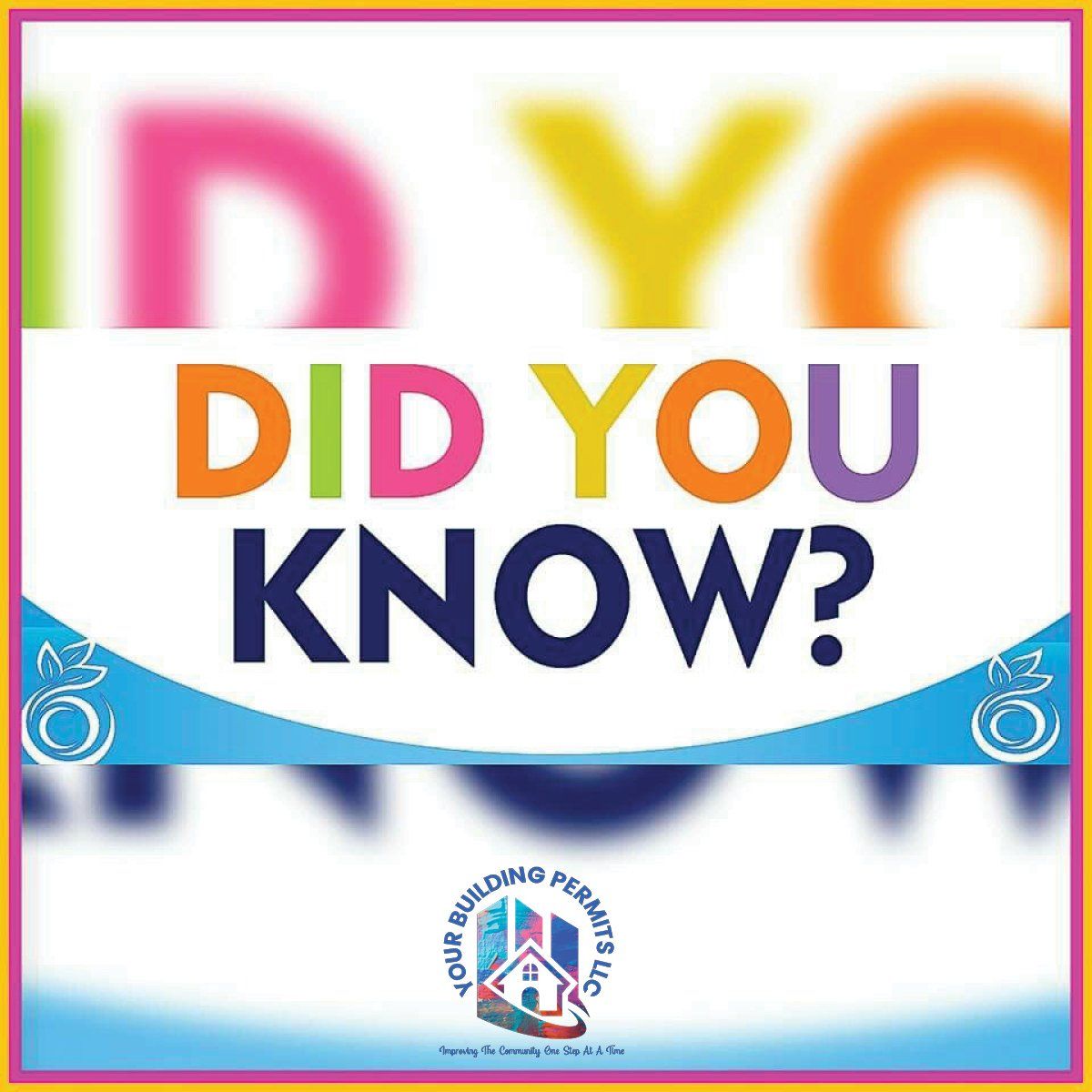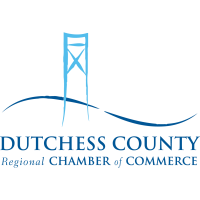News & Resources
News & Resources

September 7, 2023
The Hudson Valley is a region in New York State known for its picturesque landscapes, historic sites, and vibrant communities. When it comes to permits in the Hudson Valley, the specific regulations and requirements can vary depending on the city, town, or county within the region. Permits are typically required for various construction, renovation, or land use activities to ensure compliance with zoning laws, building codes, and other regulations. Here's a general overview: Building Permits : These permits are required for new construction, additions, alterations, and renovations to structures. They ensure that construction work meets safety and building code standards. Common projects requiring building permits include building a new house, adding an addition, or making substantial changes to existing structures. Zoning Permits : Zoning permits regulate land use and development within specific zones. They ensure that proposed projects are consistent with the zoning regulations of the area. Zoning permits may be required for activities like changing property use, erecting fences, or installing signs. Environmental Permits : Depending on the nature of your project and its potential impact on the environment, you might need permits related to wetlands, water bodies, or other ecologically sensitive areas. These permits are aimed at protecting the local environment. Septic and Well Permits : If your property isn't connected to a municipal sewer system or water supply, you may need permits for installing or modifying septic systems and wells to ensure proper sanitation and water quality. Demolition Permits : If you plan to demolish a building or structure, you'll likely need a permit to ensure that the process is carried out safely and in compliance with regulations. Electrical, Plumbing, and Mechanical Permits : For projects involving electrical, plumbing, or mechanical systems (like HVAC), separate permits are often required to ensure that these systems meet safety standards. Event Permits : If you're planning a large event, such as a festival or a wedding, you might need permits to address issues like crowd control, parking, and noise. It's important to note that permit requirements can vary significantly from one municipality to another within the Hudson Valley region. Therefore, if you're planning any construction or land use activities, it's recommended to contact the local building department or municipal office in the specific area where you intend to carry out the project. They will be able to provide you with accurate and up-to-date information about the permits required and the application process. Consulting with professionals such as architects, contractors, or legal advisors can also be beneficial to navigate the permit process effectively.

August 19, 2020
On June 26, 2020 the Department of Buildings published the New York City Department of Buildings Notice of Adoption of Rule hereby amending Section 102-01 of Subchapter B of Chapter 100 of Title 1 of the Official Compilation of the Rules of the City of New York, regarding Violation Classification and Certification of Correction. The rule has an effective date of September 18, 2020. Statement of Basis and Purpose The rule updates the penalty amounts for violations related to several provisions of Chapter 33 of the Building Code in order to conform to DOB’s methodology for calculating penalty amounts. Specifically, the rule amends section 102-01 of Title 1 of the Rules of the City of New York to: Indicate that violations charged as “Aggravated I” are never eligible for Cure, Stipulation, or Mitigation even if there is a “Yes” in the corresponding column of the Buildings Penalty Schedule for that violation description; Add civil penalties for failure to submit a Tenant Protection Plan (“TPP”) pursuant to Administrative Code § 28-120.1 as required in Local Law 106 and 118 of 2019; Amend existing penalties for failure to post and distribute Notice of TPP to reflect the preferred charging section; Remove an existing Class 1 penalty related to Administrative Code § 28-210.1; Amend existing penalties related to Administrative Code § 28-211.1 as required in Local Law 118 of 2019, doubling penalties related to the filing of documents that make material false statements; Amend existing Class 2 penalties related to miscellaneous provisions of the Administrative Code and New York City Building Code to match the statutory maximum for Class 2 penalties; Amend existing Class 2 penalties related to miscellaneous provisions of the Administrative Code and the Zoning Resolution of the City of New York to allow Cures for these penalties in accordance with an initiative by the Department of Small Business Services; Amend existing penalties related to several provisions of Chapter 33 of the Building Code in order to conform to DOB’s methodology for calculating penalty amounts (DOB’s methodology sets the “Aggravated I” penalty at two and a half times the Standard penalty, both the “Standard Default” and “Aggravated II” penalties at five times the Standard penalty, and the “Aggravated II Default” penalty at the statutory maximum); Remove Cures for two existing Class 1 penalties related to 1 RCNY § 3319-02(j)(3) and miscellaneous violations of the Energy Conservation Code’s residential provisions because Class 1 penalties are not eligible for Cure; and Amend an existing Class 3 penalty related to § 28-104.8.4.3, which was incorporated into § 28-120.1.3 pursuant to Local Law 106 of 2019. DOB’s authority for this rule is found in Sections 643 and 1043(a) of the New York City Charter, Local Laws 106 and 118 of 2019, and Section 28-201.2 of the Administrative Code of the City of New York. New material is underlined. [Deleted material is in brackets.] "Shall" and "must" denote mandatory requirements and may be used interchangeably in the rules of this department, unless otherwise specified or unless the context clearly indicates otherwise. Section 1. Subdivision (d) of section 102-01 of Subchapter B of Chapter 100 of Title 1 of the Rules of the City of New York is amended to read as follows: (d) Mitigated and zero penalties. Mitigated or zero penalties are available in the following circumstances under the following conditions. (1) Cure. 1 An eligible violation may be cured by correction before the first scheduled hearing date at ECB. All violations that are designated as Class 3 violations are eligible for cure. Some, but not all, types of violations that are designated as Class 2 violations are eligible for cure. Those types of Class 2 violations that are eligible for cure will be indicated within the Buildings Penalty Schedule found below. In order to cure, a certificate of correction acceptable to the Department must be filed at the Department within forty days from the date of the Commissioner's order to correct set forth in the NOV. A cure constitutes an admission of the violation; dispenses with the need for a hearing at ECB; constitutes a predicate violation for subsequent violations; and, consistent with the provisions of § 28-204.2, and with the provisions of the Buildings Penalty Schedule, results in a zero penalty. A violation that has been charged as an Aggravated I or Aggravated II violation is never eligible for a cure, even if there is a "Yes" in the "Cure" column in the Buildings Penalty Schedule for that violation description. 1 Section 28-204.2 of the Administrative Code provides for a zero penalty for Lesser violations that are corrected within the prescribed, or cure, period. For purposes of this rule, certain Major violations will also be treated as eligible for cure to the extent that Section 28-202.1 of the Administrative Code specifies no minimum penalty for such violations. (2) Stipulation. An eligible violation may be subject to stipulation where the Commissioner offers to the respondent a stipulation prior to or at a hearing to extend the time for compliance upon such terms and conditions as the Commissioner prescribes. Violations that are eligible for stipulation are indicated as such on the Buildings Penalty Schedule. The respondent must admit the violation subject to stipulation and agree to correct it and file an acceptable certification of correction with the Department. The stipulation may be signed and submitted to ECB either before the first scheduled hearing date at ECB or else on the first scheduled hearing date but prior to any actual hearing on that date, in which case it is considered a pre-hearing stipulation, or may be entered into at the first ECB hearing in which case it is considered a hearing stipulation. A reduced penalty will be imposed in connection with a pre-hearing stipulation in an amount indicated for the charge in question in the Buildings Penalty Schedule. Specifically, the penalty imposed for that violation will be half of the penalty amount (rounded to the nearest dollar) of the penalty amount that would otherwise have been imposed at a hearing for that particular violation. In connection with a stipulation entered into at a hearing, a hearing penalty will be imposed in an amount indicated for the charge in question in the Buildings Penalty Schedule. A stipulation, whether a pre-hearing stipulation or a hearing stipulation, gives the respondent seventy-five days from the first scheduled hearing date within which to correct the violation and file a certificate of correction, failing which any reduced penalty that may have been imposed in connection with a pre-hearing stipulation will be adjusted to the standard hearing penalty set forth in the Buildings Penalty Schedule. A stipulation is effective only if it is approved by ECB. A pre-hearing stipulation dispenses with the need for a hearing at ECB. No stipulation shall take effect unless, in the case of a pre-hearing stipulation, it is offered by the Department prior to the first scheduled hearing date, signed by respondent prior to the first scheduled hearing date and approved by ECB in writing, or unless, in the case of a hearing stipulation, it is offered by the Department at the hearing, accepted by the respondent at that hearing, and is approved in writing by ECB. A violation that has been charged as an Aggravated I or Aggravated II violation is never eligible for a stipulation, even if there is a "Yes" in the "Stipulation" column in the Buildings Penalty Schedule for that violation description. (3) Mitigation. An eligible violation may be subject to mitigation where the respondent proves at the hearing that the condition was corrected prior to the first scheduled hearing date at ECB. Violations that are eligible for mitigation are indicated as such on the Buildings Penalty Schedule. A penalty is imposed on mitigations in accordance with the Buildings Penalty Schedule. If a mitigated penalty is imposed, that penalty will be half of the penalty amount of the penalty amount that would otherwise have been imposed at a hearing for that particular violation. An acceptable certificate of correction must thereafter be filed at the Department. A violation that has been charged as an Aggravated I or Aggravated II violation is never eligible for mitigation, even if there is a "Yes" in the "Mitigation" column in the Buildings Penalty Schedule for that violation description. § 2. Penalties for violations of 1 RCNY 3319-02 (j)(3), 27-Misc, 28-Misc, BC-Misc, 28-105.1, 28-104.8.4.3, 27-2009.2, 28-210.1, 28-211.1, 28-301.1, 28- 303.7, BC 3307.7, BC 3319.8.4.2, BC 3319.8.6, ZR 32-64, ZR 32-652, ZR 32-653, ZR-Misc., Misc. – ZR Misc. – Title 28, and ECC – R-Misc. in subdivision (k) of section 102-01 of Subchapter B of Chapter 100 of Title 1 of the Rules of the City of New York are amended to read as follows: (For the chart see here ).

August 12, 2020
To promote public safety and code compliance, the Code Development Unit has issued and periodically updates the New York City Fire Code Guide. The Fire Code Guide provides guidance, including explanations, interpretations and interim guidelines, in the form of responses to Frequently Asked Questions. Did you know the FDNY Code Development Unit on July 30, 2020 issued an interim guidance for COVID-19 response for storage, handling and use of alcohol based hand rubs . Hand sanitizer has been used in healthcare settings for many years, typically in wall-mounted and table-top dispensers. However, due to the COVID-19 pandemic, Alcohol-Based Hand Rubs (ABHR) use has expanded to many different settings. This interim guidance addresses the fire safety requirements associated with their storage, handling and use. Questions about Fire Code requirements may be directed to the New York City Fire Department Customer Service Center by calling 311 during regular business hours (Monday-Friday, 9 am to 4 pm EST, except holidays; emailing FDNY.BusinessSupport@fdny.nyc.gov; or using the Fire Code public inquiry form on the Fire Department’s website, www.nyc.gov/fdny (“Codes” tab to the “Questions and Feedback” page). The interim guidance includes information on the following: Alcohol-Based Hand Rubs (ABHR) ABHR Use During the COVID Emergency ABHR Product Packaging and Safe Handling ABHR Permit Requirements ABHR Supervision Requirements Design and Installation Requirements for ABHR Dispensers ABHR Storage Requirements ABHR Storage in Quantities Exceeding Maximum Allowable Quantities Applications for a Fire Code modification (variance) to allow excess storage of ABHR in office buildings and other commercial occupancies (or in any other facility that is not a liquid storage room or liquid storage warehouse) may be submitted to the Fire Department for review and approval. Complete the Fire Department BFP-MOD application for such requests. For questions or assistance regarding submittal of the Fire Code modification (variance), contact YB Permits, LLC at contact@ybpermits.com or 718-924-2823.

August 7, 2020
You have finally decided to remodel your bathroom, and you want to make sure you don’t require a permit. As a homeowner, you need to ensure that things are done correctly and safely based on the legal parameters to avoid issues. In the industry, there is a general rule followed; if the renovation is structural, electrical, plumbing, or mechanically focused, then you will require a permit.
New additions to your home, such as walls, doors, windows, and even a fireplace, require a permit. Should you decide to move or remove a wall, this will also require a permit. Most electrical or plumbing renovations need a permit, such as a bathroom remodels. If you plan to do an interior remodel and only change the visual elements of your bathroom, a permit is not required. Painting walls, replacing your bathroom sink, adding countertops, or installing new faucets are allowed without consulting the municipality.
ABOUT
With over 25 years of experience working with various municipal agencies, we have the know-how to simplify the tedious city process for a project.

